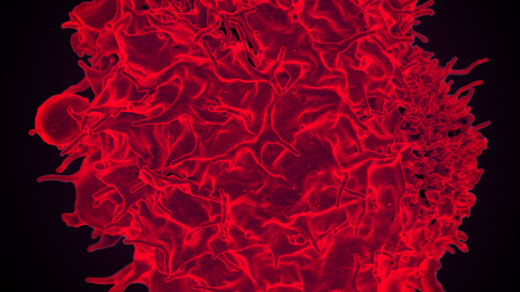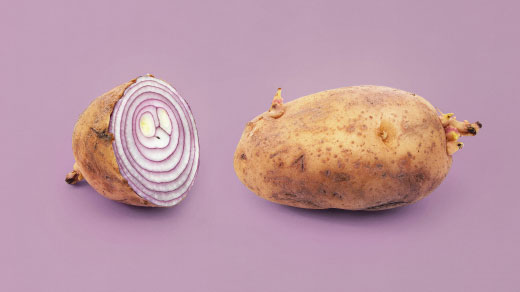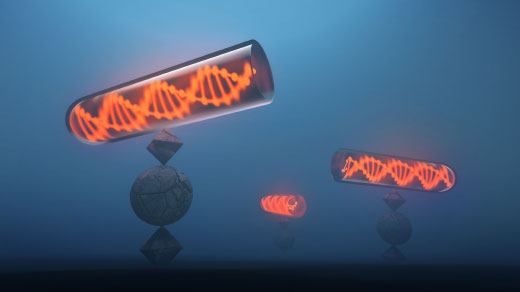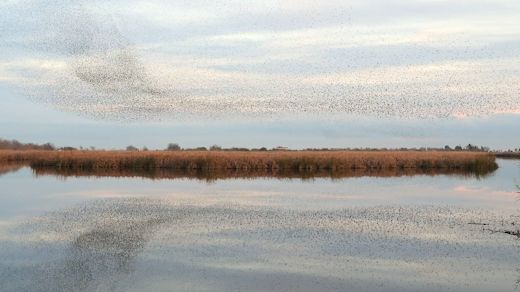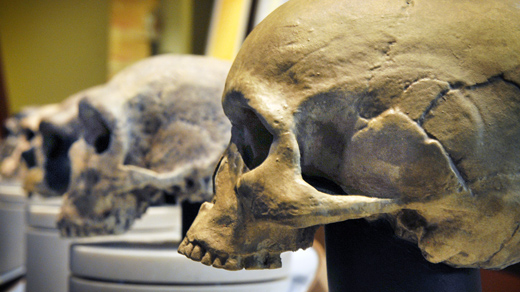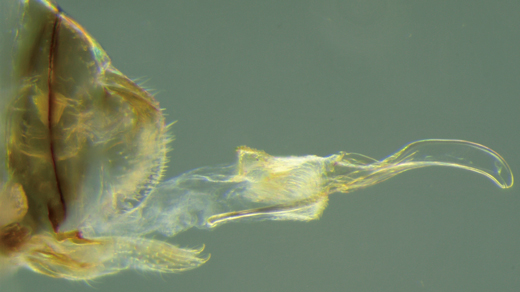Latest Articles
Immune Cells Measure Time to Identify Foreign Proteins
Immunologists confirm an old hunch: T-cells identify what belongs in the body by timing how long they can bind to it.
Brains Speed Up Perception by Guessing What’s Next
Your expectations shape and quicken your perceptions. A new model that explains how that happens also suggests it’s time to update theories about sensory perception and decision making.
New Turmoil Over Predicting the Effects of Genes
Promising efforts at disentangling the effects of genes and the environment on complicated traits may have been confounded by statistical problems.
Goals and Rewards Redraw the Brain’s Map of the World
Two new studies show that the brain’s navigation system changes how it represents physical space to reflect personal experience.
The Math That Tells Cells What They Are
During development, cells seem to decode their fate through optimal information processing, which could hint at a more general principle of life.
Smarter Parts Make Collective Systems Too Stubborn
As researchers delve deeper into the behavior of decentralized collective systems, they’re beginning to question some of their initial assumptions.
How the Brain Creates a Timeline of the Past
The brain can’t directly encode the passage of time, but recent work hints at a workaround for putting timestamps on memories of events.
Artificial Intelligence Finds Ancient ‘Ghosts’ in Modern DNA
With the help of deep learning techniques, paleoanthropologists find evidence of long-lost branches on the human family tree.
Why Evolution Reversed These Insects’ Sex Organs
Among these cave insects, the females evolved to have penises — twice. The reasons challenge common assumptions about sex.

